In day-to-day life, it can be hard to avoid chemicals in everything we encounter.
Sometimes, these chemicals can have a neutral affect, or even be good for you or the environment, but what about the chemicals that can seriously harm you or your family?
We’ve put together 6 of the best ways to avoid these chemicals in your household.
- Be aware of what’s in your products
Don’t panic, you don’t need to go and throw out every beauty, household or laundry product you own, but be aware of what is in them. If you can start familiarising yourself with the ingredients to avoid, then when each product needs replacing you can choose a safer, non-toxic alternative.
- Avoid air fresheners and scented candles
They may smell nice, but unfortunately, that “clean linen” scent is full of nasty endocrine disruptors. Instead of wasting your money on these fake smells, just open a window or add a few drops of your favourite essential oils to a vaporiser.
If you are a candle fan, opting for soy-based or beeswax candles are your best bet.
- Avoid plastic
This is particularly important when reheating food and for long term storage, as the chemicals within the plastics leach (even moreso at high temperatures). Also, try and stay away from numbers 3, 6 and 7 – this is indicated by the number being within a triangle printed on the bottom (usually) of the plastic container.
- Kids toys and furniture.
Opt for high-quality and/or wooden toys. Cheap toys are made from cheap plastic and cheap plastic is full of toxic chemicals such as Phthalates.
Get rid of any foam furniture. This includes those popular foam couches and foam mats. They are full with Flame Retardants that are a huge health threat.
- Consider a detox
You don’t have to fork out hundreds of dollars to do a detox. There are simple steps you can take in your everyday life to help your body cleanse. Perhaps start your day with a warm cup of water with lemon juice squeezed in, take a bath with Epsom Salts and include lots of antioxidant foods in your diet.
6. Clothing
With clothes, you get what you pay for. We all know a $5 t-shirt from Kmart is not going to be amazing quality but did you know that Australia has one of the lowest standards on earth in terms of what chemicals are used in the manufacturing of clothes?
Most Australians consumers are unaware of the potential toxicity to be found in clothing, and just how low our standards are. Choice reports that the European Union standards for clothing and textiles are the model to follow, regulating the following chemicals:
- Chromium VI which is used on leather and new wool and can cause or exacerbate contact dermatitis
- DMF which is used to prevent mould and moisture in leather goods and may cause extensive, pronounced eczema that is difficult to treat
- phthalates which are used in PVC for shoes and rainwear and suspected of being carcinogenic and may disturb the hormone system
- alkphenols which are used for textile and leather production and are strong disruptors of the human endocrine system and environmentally toxic
- dispersion dyes which can cause allergy and rashes.
Other chemicals of concern include:
- azo dyes, often used in the colouring process for textiles and leather products. Recently it has been recognised that some azo colouring agents may form amines (breakdown products) that may have carcinogenic and mutagenic (changing genetic material) properties. These are on the EU REACH restricted list.
- chlorinated phenols (PCP, TeCP, TriCP) used in the processing of textiles. Contact with PCP (particularly in the form of vapour) can irritate the skin, eyes and mouth. Long-term exposure to low levels can cause damage to the liver, kidneys, blood and nervous system. Exposure to PCP is also associated with carcinogenic, renal and neurological effects.
- formaldehyde which is used to “finish” fabric. Exposure to low levels irritates the eyes, nose, throat and can cause allergies affecting the skin and lungs. Higher exposure can cause throat spasms and build-up of fluid in the lungs, leading to death. Contact can also cause severe eye and skin burns with permanent damage. It is classified as a potential carcinogen.
When it comes to keeping your family safe from chemicals, you can’t cut corners. Stick to these 6 tips and you’ll cut down your worries in no time.

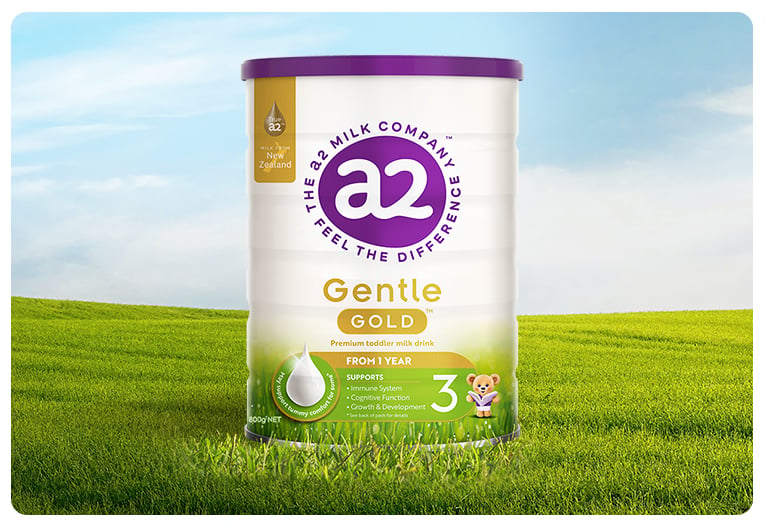
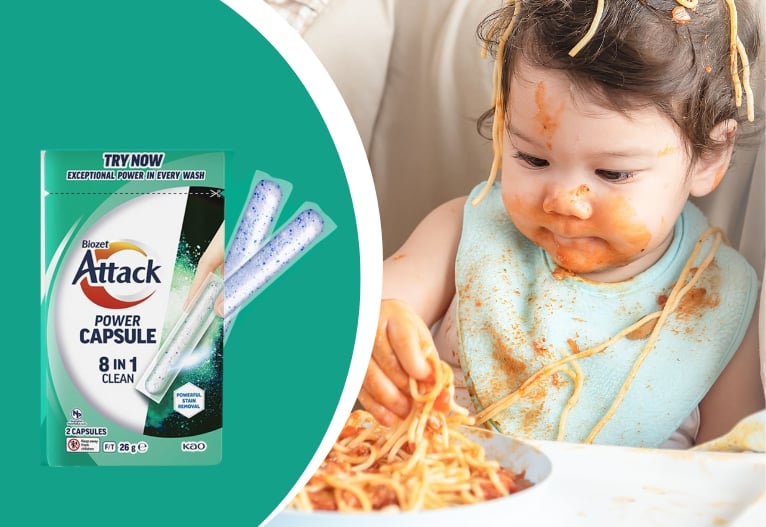

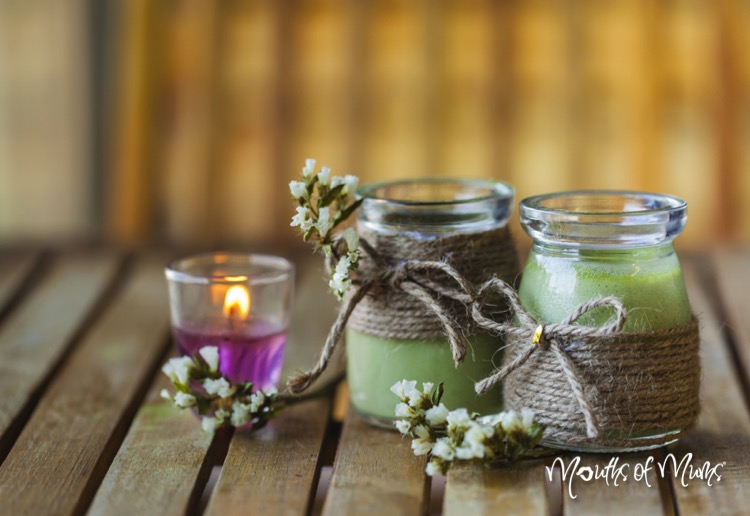
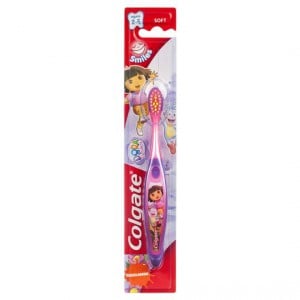
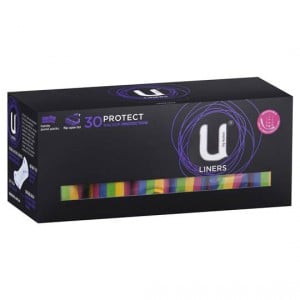
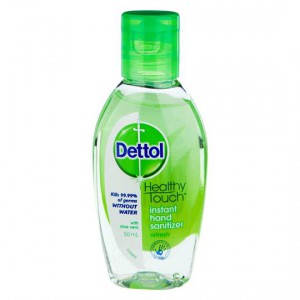

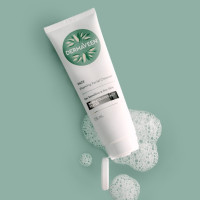
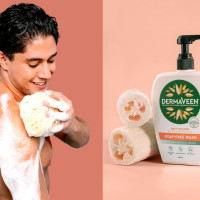
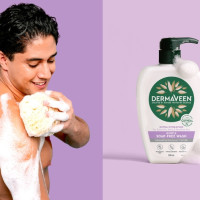

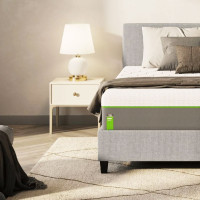


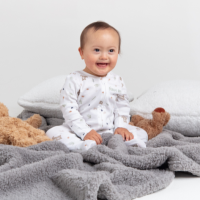


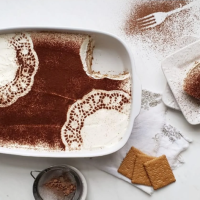




-

-
-
-
mom162203 said
- 12 Oct 2017
-

-
-
-
mom71820 said
- 23 Jul 2017
-

-
-
-
Ellen said
- 19 Jun 2017

-

-
-
-
mom160421 said
- 18 Jun 2017
-

-
-
-
june11 said
- 17 Jun 2017
-

-
-
-
mom112217 said
- 17 Jun 2017
Post a comment1:35 pm
1:14 pm
2:40 am
12:35 pm
9:30 pm
9:04 pm
To post a review/comment please join us or login so we can allocate your points.